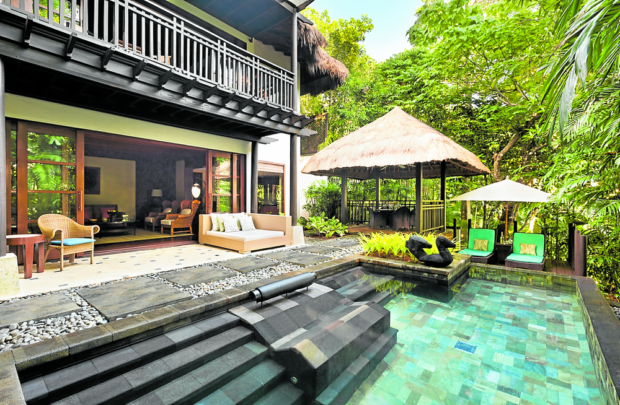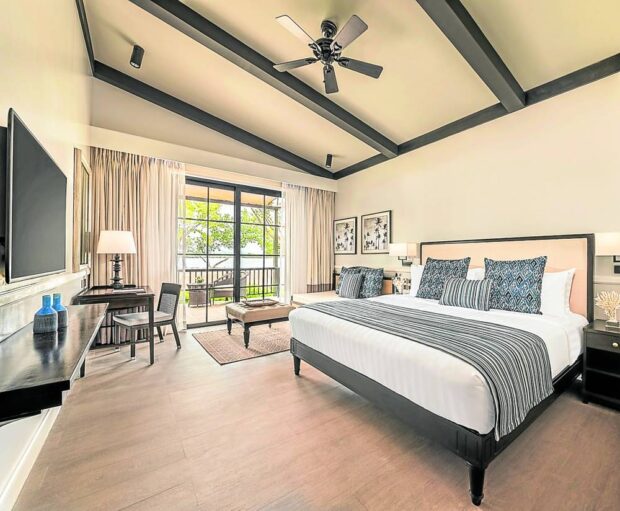Drawing global travelers to iconic destinations
As the hospitality industry contends with diverse international guests, integrating global standards becomes crucial. The consideration diversifies the clientele, mitigating the risk associated with a dependency on local or regional tourists and stabilizing business operations against market fluctuations.
Economically, the impact is profound. Higher standards in hotel design and operation boost tourism significantly, leading to job creation and increased regional spending, which supports and uplifts local businesses.
Moreover, today’s travelers prioritize sustainability, immersion, and innovation. By adopting eco-friendly practices, cultural elements, and the latest technologies, travelers seeking authentic experiences can benefit from the perfect blend of local tradition and international sophistication in hospitality services.
Elevated design standards
Upgrading local designs to meet international standards can bring several benefits. High-quality design standards can enhance hotel spaces’ overall look and functionality, leading to increased occupancy rates. Guests are often attracted to well-designed spaces offering premium comfort and luxury. Sensitivity to proper circulation, knowledge of anthropometrics, quality materials, and curated spaces are examples of elevating design protocols. Additionally, hotels and resorts that meet international standards can better compete in the global market, helping them attract a more diverse and affluent clientele.
International craftsmanship and consistency
Craftsmanship in hospitality design is essential in creating unique, memorable experiences that attract tourists globally. Leading design firms emphasize the importance of maintaining consistency in quality while adapting designs to incorporate local elements. The discipline ensures that hotels and resorts can provide a familiar comfort with a local touch, making each stay unique yet reliably luxurious.
Article continues after this advertisement
Shangri-La Boracay remains to be a favorite of many travelers seeking to escape the hustle and bustle of city life.
Filipino architecture in global hospitality design
International design standards must also observe tropical architecture in the Philippines, which is a necessity driven by the local climate conditions. This architectural style emphasizes ventilation, shade, and regional materials, creating naturally more relaxed and comfortable spaces in hot and humid climates. Wide eaves, open-air layouts, and courtyards are common in Filipino architecture, promoting airflow and connectedness with natural beauty.
Article continues after this advertisementConsistent execution and iconic destinations
Consistency in design and execution ensures that properties meet global standards, attracting more guests. Iconic hotel designs become landmarks that draw tourists. In regions like Bali, Thailand, and Singapore, hospitality designs that embrace international standards while reflecting local culture and craftsmanship have successfully positioned these destinations at the forefront of global tourism. These regions are renowned for their exceptional hospitality offerings, providing a blend of luxury and a strong sense of place that enhances the overall travel experience.
Driving higher occupancy, quality tours
Hotels with elevated hospitality designs tend to have higher occupancy rates. Tourists are attracted to hotels that blend local charm with world-class amenities. This trend is further amplified using advanced technology in hotels, which enhances guest experiences. Technology makes stays more convenient and enjoyable for guests, from personalized room settings to efficient resource management.
The author is a leading architect with an impressive portfolio of local and international clients. His team elevates hotels and resorts, condominiums, residences, and commercial and mixed-use township development projects with innovative, cutting-edge design and business solutions that have garnered industry recognition, making him the go-to expert for clients seeking to transform their real estate ventures. Visit www.ianfulgar.com



